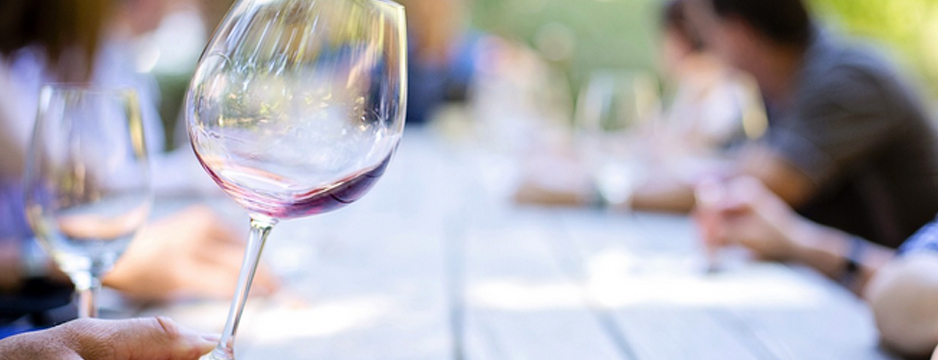
Tasting Notes
At Okanagan Estate Wine Shop, we understand that tasting wine is a lot different than simply drinking wine. It is a process that involves honing in on your senses, perceptions, and intelligence to come up with a consistent description and assessment of what is in your glass. We hope that the following tasting notes can help you better understand some of the wines that we are passionate about at our store.
- Flavours such as berry, citrus, or coconut
- Structure such as the level of sweetness, acidity, alcohol, body,and tannin.
Check out the colour, opacity and viscosity (wine legs). You don’t have to spend more than five seconds on this step.
Pick out a minimum of two scents and take your time recognizing them. There are three types of wine aromas: Primary Aromas come from grapes and include fruit, herbs, and flower notes Secondary Aromas originate from fermentation and yeast aromas. Tertiary Aromas originate from aging, oxidation, and oak, such as baking spices, nutty fragrances, and vanilla.
Two elements comprise taste: flavour and structure.
About Tastings
When tasting a wine you first observe the appearance of the wine, swirl and smell the wine, and finally taste it. The main elements you
are assessing include the balance, body, characteristics, and finish.
Wine, especially that for which you have paid a premium, is worth more than a quick glug. We’ve come to understand that wine appreciation is incredibly important, since there is a lot more to evaluating the quality of a wine than just tasting it. At Okanagan Estate Wine Shop, we’ll teach you that, when tasting wine, to take notes on the following information:
General Information
This is fundamental stuff like the vintage, producer, area, varietal, cost, any special classification, where it was bought, and
the tasting date.
Appearance
The look of wine can offer esthetic appeal and essential details about the wine.
Fragrance
This is the most important aspect of a wine.Take a quick sniff of wine and note the descriptors that right away enter your mind. Re-approach
it and take a sniff with your nose just at the glass rim. This quite often will offer a second set of descriptors, in addition to validating or
opposing your initial notes.
Flavour
While we call it wine "tasting", taste is in fact a secondary concern. Approach the glass, (breathing in as you go) and take a healthy sip.
Consider the first impression the wine makes as it meets your mouth and its overall impression in your mouth.
Finish
The finish explains the feelings derived from swallowing the wine. It will often be different from the flavour previously noted, so bear in
mind. The flavours might stick around for a while on the palate after the wine has been swallowed.
Overall The final element of a great tasting note is a general quality statement.
Have any questions about tasting wine and tasting notes? Simply contact Okanagan Wine Estate Shop, your Kitsilano wine merchant, for further information.



